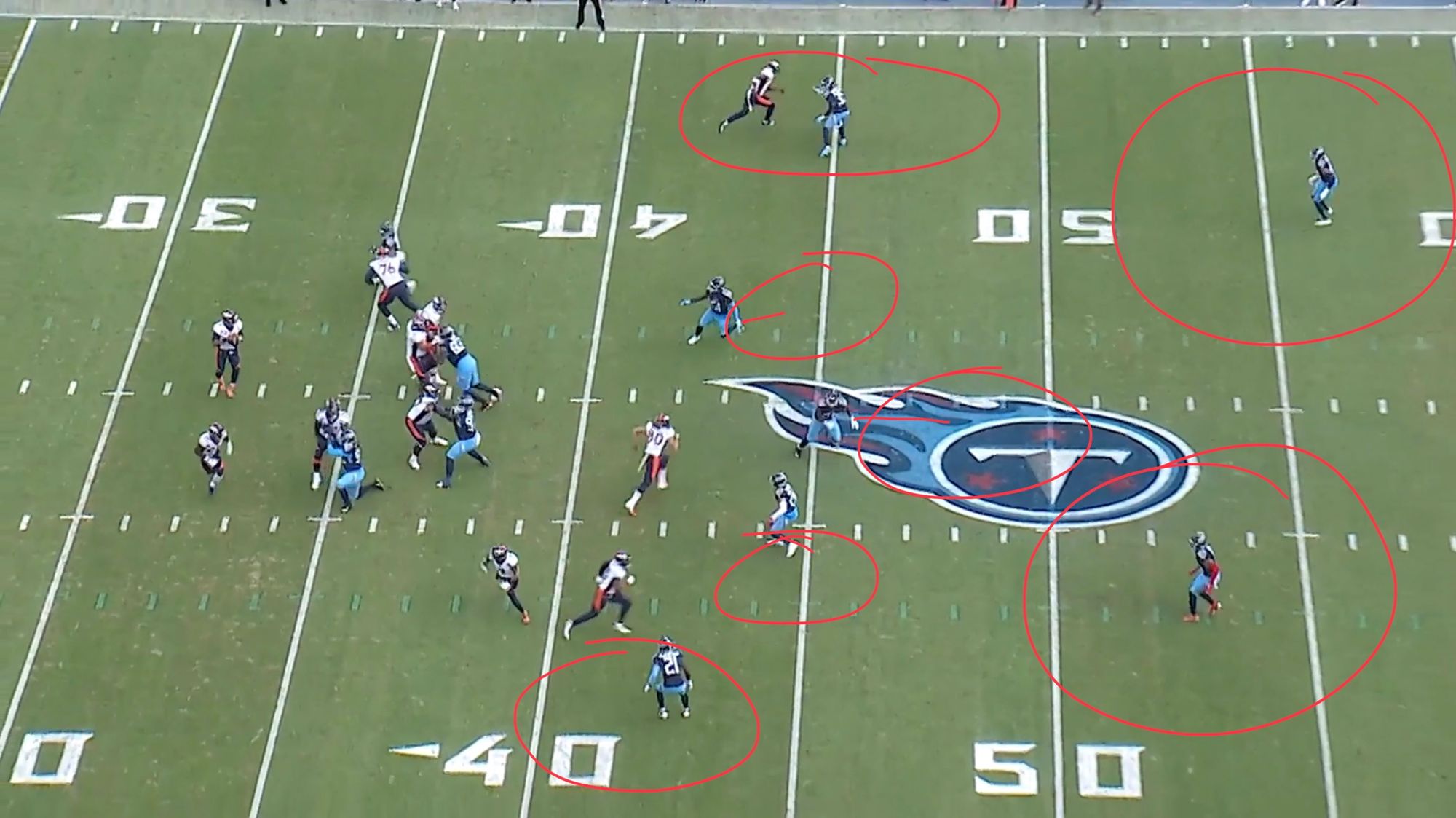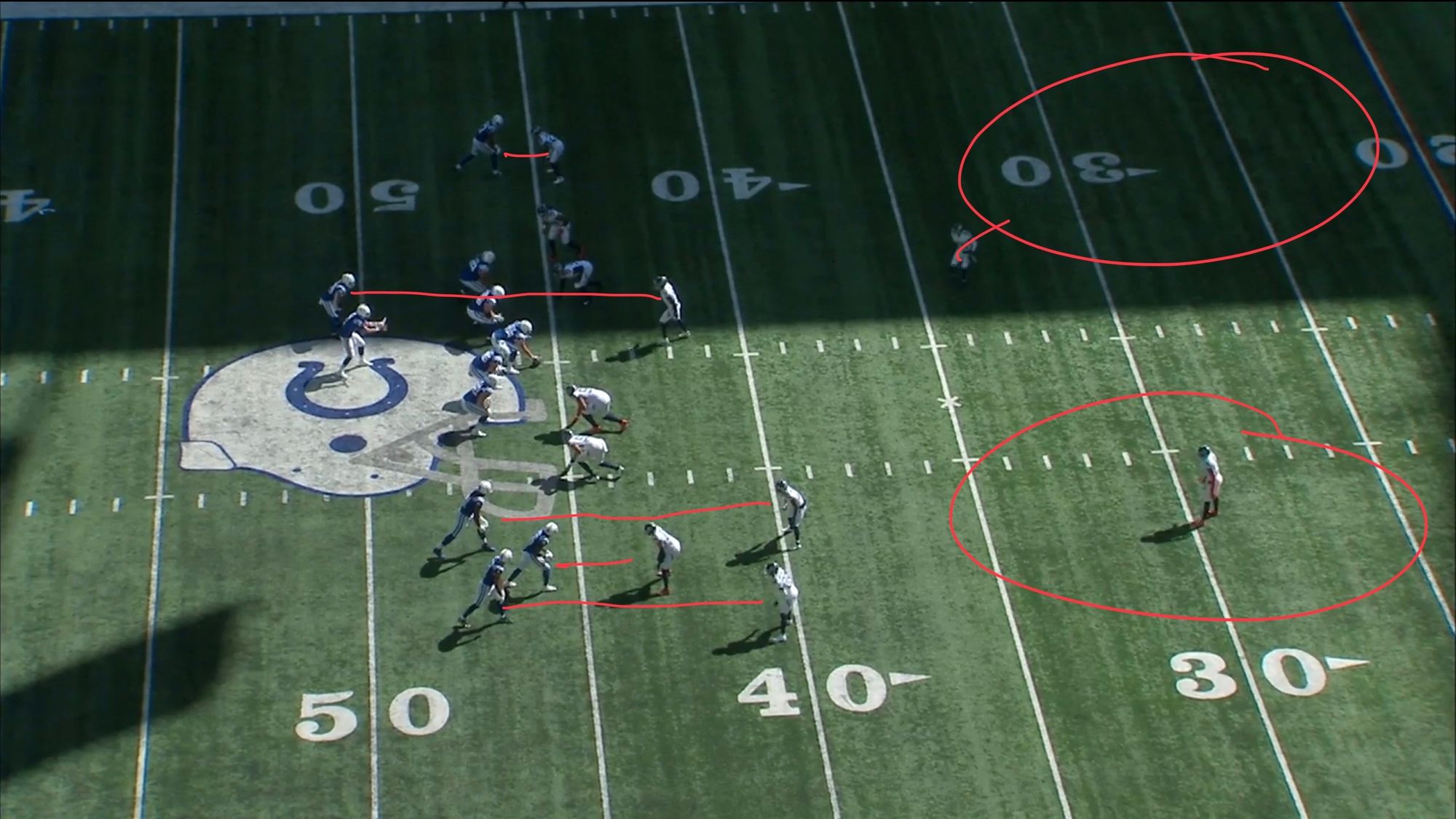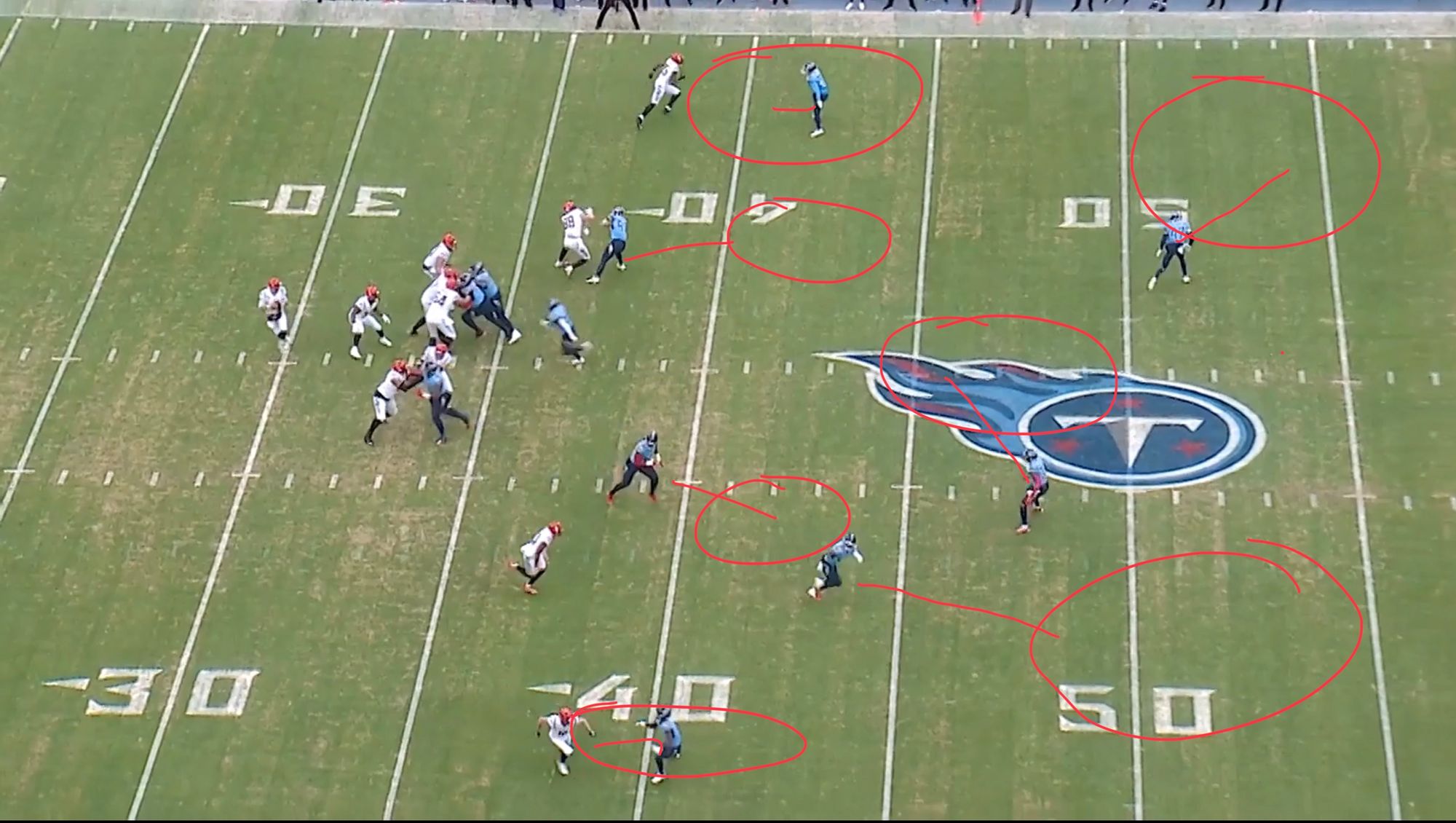Decoding Coverages: A Deep Dive into Cover 2

Troy Polamalu is eyeing the play clock, knowing that you typically snap the ball with close to no time left. He holds his stance, muscles taut, aiming to deceive you into thinking it's a Cover 3 Blitz. You yell for the ball and that blur of hair jettisons to the flat. You have 0.5 seconds to process that they are playing Cover 2 Invert and you need to make a decision in another second before James Harrison peels your face off on a "TE" stunt. Welcome to the NFL. In this league and at almost every level, a coverage that every quarterback will face is Cover 2 (13.8% of the time in 2022) [1]. To release the ball a second quicker, and in turn, play better, it is crucial to understand what the nuances of defensive coverages are. This blog post will shed light on any and all things Cover 2, its strengths, weaknesses, and variations such as Tampa 2, Match Cover 2, Cover 2 Invert, and Cover 2 Man.
**FYI: Do not get bogged down on nomenclature as different coaches will have alternative words for the same coverage.
If you're interested in QB specific throwing, lifting and sprint training, customized to you, with the same systems used to train NFL Quarterbacks, take the assessment and get the app at kinetex.co. If you're interested in reading about all things quarterbacking and throwing biomechanics, subscribe to the blog.
Variations of 2: Tampa 2, Man 2, Match Tampa 2, and Tampa 2 Invert:
Tampa 2: In the standard Cover 2 defense, the field is essentially split into two deep zones covered by the safeties, with the remaining players covering the five underneath zones. The interior three underneath zone defenders are playing visually on the quarterback, weaving to where the quarterback's eyes take them. The flat players, typically the corners, are re-routing the outside wideouts and playing the flats if they have an immediate threat or sink with depth if they do not. In Cover 2 Tampa, the middle linebacker is tasked with dropping deeper into coverage than typically expected, essentially creating a three-deep zone in the middle of the field. The middle linebackers technique in Tampa is as follows:
- Identify run or pass at the snap.
- If pass, open shoulders towards the passing strength, granting a field view to react to vertical threats down the middle.
- At the same time, peripherally eye the quarterback to kick 180 for a seam opposite the passing strength.
- Also, key the quarterback's drop. If it's a quick drop, do not drop deep aimlessly, leaving underneath zones wide open. Instead, sit shorter, ready to jump on any quick game routes.

Cover 2 Man: The 2-Man variant synthesizes elements from Cover 2 and man-to-man coverage. While it retains the structure of two deep defenders characteristic of Cover 2, the remaining defenders switch to man-to-man coverage. Corners line up over wideouts and linebackers line up over tight ends and running backs. This variation is often employed on third and long or known passing situations. It is awful against the run and even worse against a mobile quarterback because there is no one to account for the QB.

Cover 2 Match: Match Cover 2 opertates more like Cover 2 Man than Cover 2. Like in Cover 2 Man, the defenders in Match Cover 2 are not focused visually on the quarterback (aside from the deep safeties). The primary difference between 2 Match and 2 Man is that the defenders are not matching "like bodies". For example, if a tight end is lined up out wide, then the cornerback will just match him instead of a linebacker or safety walking out to his alignment.

Cover 2 Invert: Tampa 2 Invert creates a twist in the defensive strategy by reversing the roles of the cornerbacks and safeties. In this arrangement, safeties ascend to cover the flat zones, while cornerbacks descend to cover the deep halves. At times, only one half of the defense adopts this inversion, while the other half retains its original formation. The zone defenders are all visual on the quarterback as well.
This schematic inversion can cause momentary confusion for the offense, providing a strategic advantage to the defense. It's worth noting that there are multiple variations of this inverted strategy. I will write a separate blog covering all of them.

The Rationale Behind Cover 2 Defense:
Simplicity: Cover 2 presents a balanced defensive formation. It is a conservative call and allows defenses to react efficiently to a range of offensive schemes.
Pass Defense: Primarily a pass defense, Cover 2 aims to deter big plays through the air by positioning two safeties deep and a "Tampa" linebacker. It also can deter short routes with 4 to 5 underneath defenders playing visual zone.
Potential Vulnerabilities of Cover 2:
Vulnerable to the Run: Cover 2 can be vulnerable against robust run plays. With both safeties playing deep, the number of defenders in the "box" is reduced, making conditions more favorable for running plays. If playing 2 Man or 2 Match, then it’s vulnerable to the quarterback running as well.
Susceptible to Four Verticals: With the deep field divided into two, Cover 2's primary weaknesses are down the middle, away from the turn of the "Tampa" Mike. Additionally, it is susceptible to "hole shots", which exploit the area between the safety and the cornerback. To combat this, corners are taught to keep a wide visual field and if they feel four verticals, they will sink deep to make the hole shot throw more difficult. They will also re-route and try to force the outside wideouts to inside release.
High Lows: Typically, teams will try to high-low the the "hook" linebackers in Cover 2. That means they will have a route underneath their hook zone responsibility and then a deeper in-cut behind it. If he plays deep, throw it underneath and if he triggers on the short route, throw it behind his head.
Exploiting the Tampa Mike: Routes that snap down in front of the Tampa Mike are a weakness (e.g. vertical seam stop). It should be noted that this only a weakness when there is a "Tampa" player deterring routes down the middle.
Conclusion:
The mental aspect of the game is what truly differentiates outstanding quarterbacks. In this game of inches, where the battle is won or lost in the span of a heartbeat, that extra split second afforded by knowledge, by the ability to anticipate and strategize, often carves the distinction between winning and losing, or if you're Al Pacino, between living and dying.
If you're interested in QB specific throwing, lifting and sprint training, customized to you, with the same systems used to train NFL Quarterbacks, take the assessment and get the app at kinetex.co. If you're interested in reading about all things quarterbacking and throwing biomechanics, subscribe to the blog.
[1] "Stats Articles | NFL Football Operations." NFL.com, 2023. Web. 3 June 2023.
